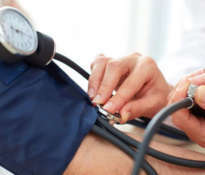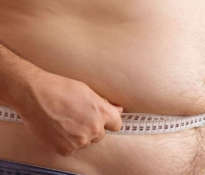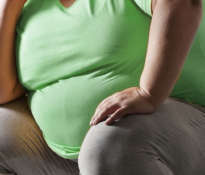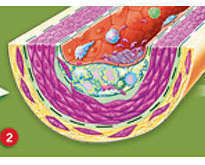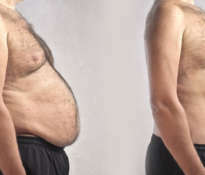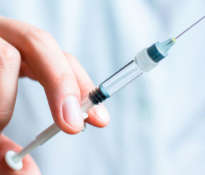In order to effectively lower cholesterol level, it is enough to lead a healthy lifestyle. Reducing the risk of heart disease by lowering blood pressure and lowering blood cholesterol levels can be achieved by using a healthy diet and exercising regularly. Is it really that easy?
Important! Persons over the age of 40 – suffering from heart disease, obesity, diabetes or other chronic diseases – should consult a physician before entering regular physical activity into their lives.
Why does physical activity lower cholesterol?
Lack of physical activity is conducive to the accumulation of bad cholesterol (LDL), which contributes to the development of atherosclerosis and increases the risk of cardiovascular disease. On the other hand, regular physical activity causes an increase in the concentration of good cholesterol (HDL) and simultaneous lowering of LDL cholesterol. The HDL cholesterol function involves cleansing the blood system from bad cholesterol. The correct concentration of HDL cholesterol is a guarantee of a healthy heart and clean veins.
In clinical and epidemiological studies, it has been shown that an increase in good cholesterol is correlated with a lower risk of cardiovascular disease.
Moderate and regular physical activity brings many health benefits:
- Regulates the proportions between good cholesterol and bad cholesterol.
- Lowers blood pressure in people with hypertension.
- Improves the efficiency of the heart and lungs.
- Regulates the level of sugar in the blood.
- Stimulates the production of endorphins.
- Improves the psycho-emotional state.
What exercises lower cholesterol?
For physical exercise to be beneficial to health, exercise can not be too intense or exhaustive. It is believed that a sufficient amount of exercise is 30 minutes a day for 5 days a week. The intensity of the exercise should be such that it does not cause the pulse to accelerate above 120 beats per minute.
The most beneficial forms of physical activity are cycling, energetic walking, running, swimming or dancing. Exercises should be performed regularly and the length and intensity should be adapted to individual needs. The effects of lifestyle changes can be seen after about 3 months, when the level of good cholesterol rises by about 7 percent.




